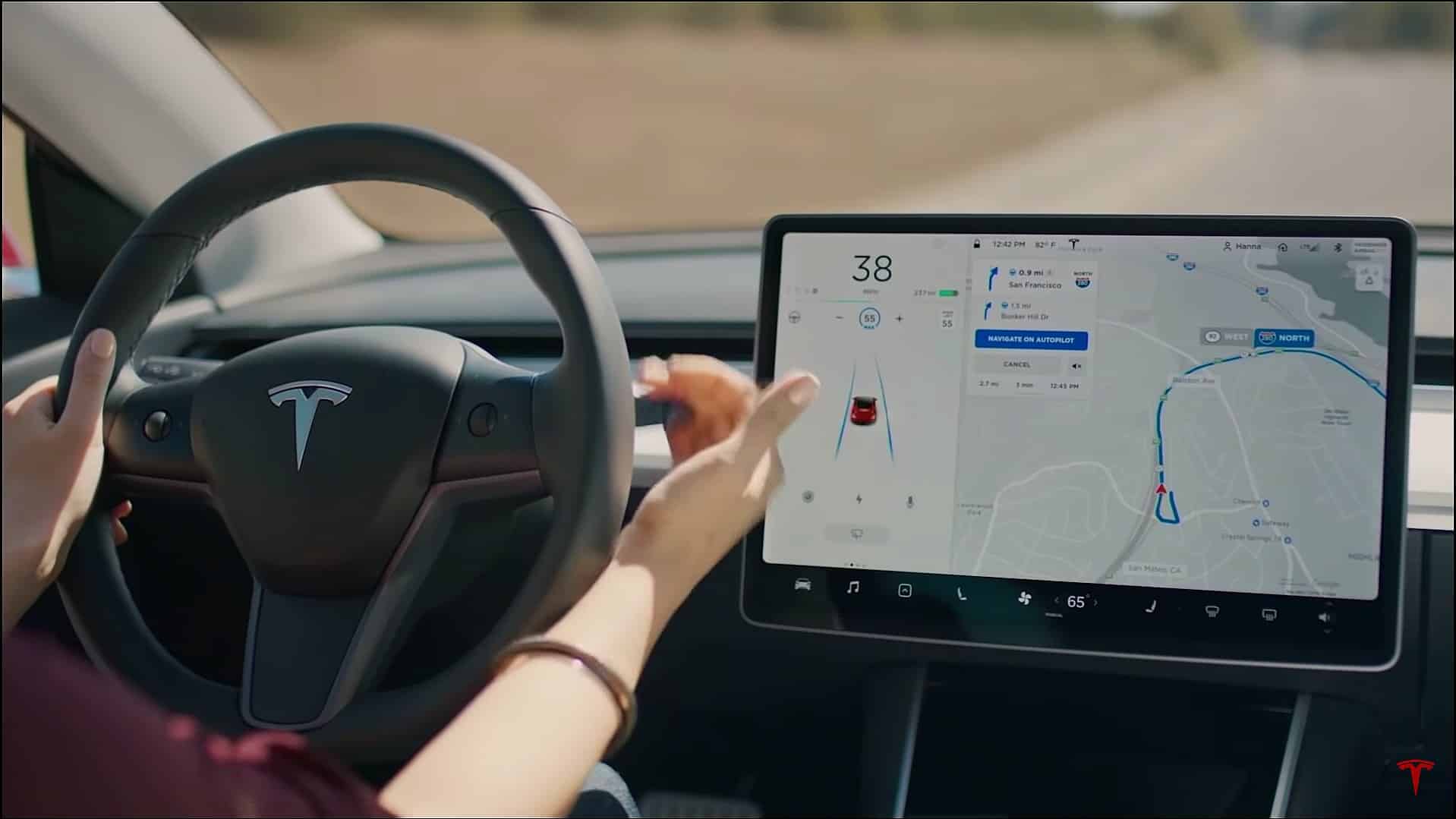What is Autopilot in Tesla Model 3?
If you are a fan of Tesla cars, you might have heard of the amazing feature called Autopilot. But what is Autopilot exactly, and how does it work on the Tesla Model 3? In this blog post, we will explain everything you need to know about Autopilot and how it can make your driving experience safer, smoother and more enjoyable.
Autopilot is an advanced driver assistance system that comes standard on every new Tesla. It uses eight cameras and powerful vision processing to provide 360 degrees of visibility around the car, and a neural network to interpret the data and make decisions. Autopilot can steer, accelerate and brake automatically within its lane, and also perform other functions such as lane changes, parking, summoning and navigating on highways.
The Tesla Model 3 is one of the most popular Tesla vehicles, and it has a lot of Autopilot features to offer. Here are some of the things you can do with Autopilot on the Model 3:
- Traffic-Aware Cruise Control: This feature matches the speed of your car to that of the surrounding traffic, and maintains a safe distance from the vehicle in front of you. You can adjust the speed and the following distance with the right scroll wheel on the steering wheel.
- Autosteer: This feature assists in steering within a clearly marked lane, and uses traffic-aware cruise control to adjust the speed. You can activate Autosteer by pulling the gear lever twice downwards, in quick succession. You will see a blue steering wheel icon on the touchscreen when Autosteer is engaged. You still need to keep your hands on the wheel and pay attention to the road, as Autosteer may not detect all lane markings or obstacles.
- Navigate on Autopilot: This feature actively guides your car from a highway’s on-ramp to off-ramp, including suggesting lane changes, navigating interchanges, automatically engaging the turn signal and taking the correct exit. You can activate Navigate on Autopilot by entering a destination in the navigation system, and then engaging Autosteer. You will see a single blue line on the touchscreen when Navigate on Autopilot is active. You can accept or reject lane change suggestions by using the turn signal or by touching the lane line on the touchscreen. You still need to monitor the road conditions and be ready to take over at any time.
- Auto Lane Change: This feature assists in moving to an adjacent lane on the highway when Autosteer is engaged. You can initiate an auto lane change by using the turn signal in the direction you want to move. You will see a gray dashed line on the touchscreen when Auto Lane Change is available. The car will check for a safe gap in traffic and then move to the desired lane. You still need to keep your hands on the wheel and watch for other vehicles or objects.
- Autopark: This feature helps automatically parallel or perpendicular park your car, with a single touch. When driving at low speed near a potential parking space, you will see a parking icon on the touchscreen. To start Autopark, tap the icon and follow the instructions on the screen. The car will scan for obstacles and then steer itself into the space. You still need to control the accelerator and brake pedals.
- Summon: This feature moves your car in and out of a tight space using the mobile app or key. To use Summon, open the Tesla app on your phone, tap Summon, and then choose Forward or Reverse. The car will move slowly in the desired direction until you release the button or until it detects an obstacle. You can also use Smart Summon to have your car navigate more complex environments and parking spaces, and come find you in a parking lot.
- Traffic Light and Stop Sign Control: This feature identifies stop signs and traffic lights and automatically slows your car to a stop on approach, with your active supervision. To use this feature, you need to enable it in Controls -> Autopilot -> Traffic Light and Stop Sign Control (Beta). Then, engage Traffic-Aware Cruise Control or Autosteer. The car display will now indicate upcoming traffic lights and stop signs. To set off from a stop sign, pull the Autopilot stalk or briefly press the accelerator.
As you can see, Autopilot is a very powerful and useful feature that can enhance your driving experience with a Tesla Model 3. It can reduce your workload as a driver, increase your safety and comfort, and make driving more fun. However, you should always remember that Autopilot is not a fully autonomous system, and it requires your active supervision and intervention at all times. You should always keep your hands on the wheel, pay attention to the road, follow local traffic laws, and be prepared to take over at any moment.
We hope this blog post has helped you understand what Autopilot is and how it works on the Tesla Model 3. If you have any questions or comments, please feel free to leave them below. And if you are interested in buying a Tesla Model 3, you can use this link to get free Supercharging for your first 1,000 miles. Happy driving!




Comments
Post a Comment